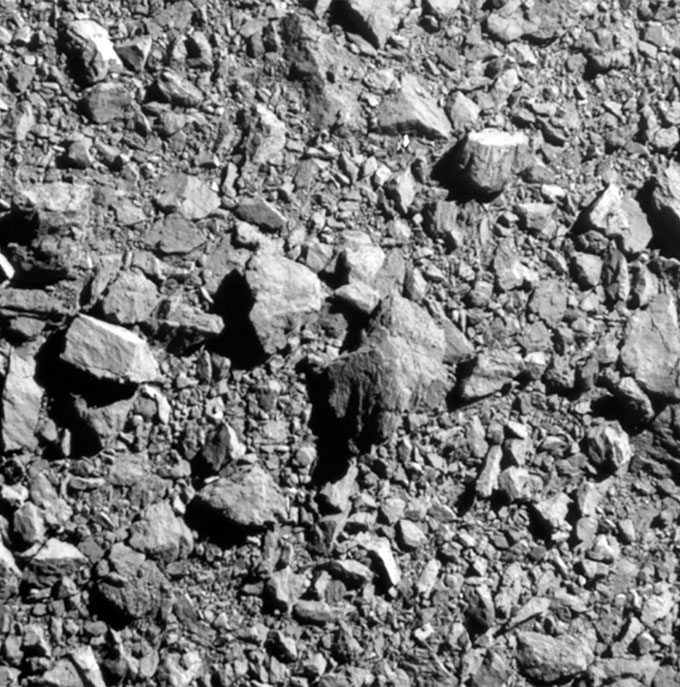When a probe smashed into a small asteroid last year, the collision did more than change the asteroid’s orbit — it blasted a few dozen hefty boulders into space too.
Last September, NASA steered the DART spacecraft into Dimorphos, a moonlet of the larger asteroid Didymos, to test a strategy for knocking any future Earth-bound asteroids off course (SN: 10/11/22). About three months after the impact, the Hubble Space Telescope spied a halo of 37 previously unseen objects accompanying the space rock duo in their orbit around the sun, researchers report in the July 21 Astrophysical Journal Letters.
The boulders probably aren’t bits that were pulverized from larger rocks during the impact. Instead, simulations suggest they were likely intact when they were blasted off Dimorphos and could have been launched off the moonlet’s rubble-covered surface by the energy of either the collision or the seismic waves bouncing around inside it in the wake of the impact.
Still, “there’s a lot of uncertainty in such simulations,” planetary astronomer David Jewitt of the University of California, Los Angeles.

Based on the brightness of the new objects, some of the dimmest ever spied by Hubble in our solar system, Jewitt and colleagues estimate that these boulders may be as wide as 7 meters. At least 15 are larger than 4 meters across. Together, the researchers calculate, the boulders probably weigh just over 5 million kilograms — roughly the weight of 300 dump truck loads of gravel.
Repeated observations by Hubble reveal that, on average, the boulders are drifting away from Dimorphos and Didymos at about 1 kilometer per hour — a little faster than the escape velocity for the double asteroid system. So, Jewitt says, the boulders, as well as a presumed multitude of rocks too small and dim for Hubble to see, will eventually break away from the asteroid system’s orbit and circle the sun on their own.
Original Source Link


